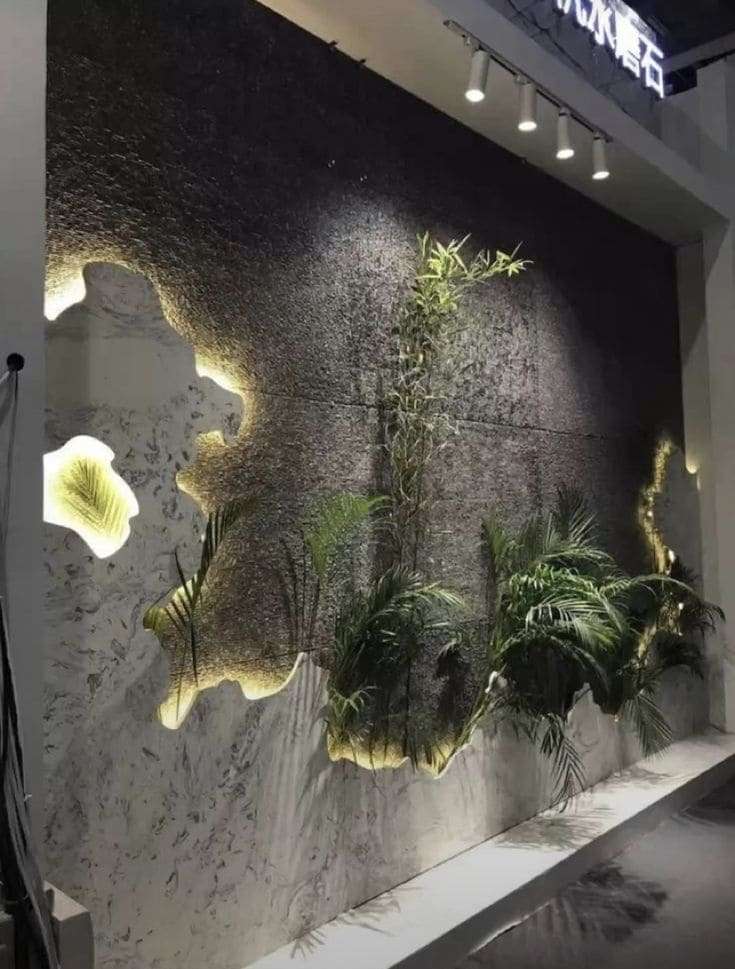How Is the Demand for Natural Stone Changing?

The demand for natural stone has been evolving due to shifts in consumer preferences, technological advancements, and sustainability concerns. While natural stone has always been a popular choice for luxury homes, commercial projects, and architectural masterpieces, its market trends are changing in response to modern needs and innovations.
One of the biggest drivers of change is the growing preference for sustainable and eco-friendly materials. As more consumers and businesses prioritize environmentally responsible building solutions, natural stone is gaining traction due to its durability, longevity, and recyclability. Unlike synthetic materials, natural stone has a low carbon footprint when sourced responsibly, making it an attractive option for green building projects. There is also an increasing demand for reclaimed stone, which adds character to designs while reducing environmental impact.
Another major shift is in design trends and applications. Homeowners and designers are now using natural stone in more creative ways, beyond just countertops and flooring. Feature walls, textured stone backsplashes, and outdoor stone furniture are becoming more popular. Large-format stone slabs with minimal seams are also trending, giving spaces a sleek and modern aesthetic. Additionally, there is rising interest in exotic and rare stones, as people seek unique and distinctive surfaces that stand out.

The advancement of cutting and processing technologies is also impacting demand. Innovations in stone fabrication, such as waterjet cutting and resin-treated reinforcement, are making it easier to work with natural stone, expanding its use in various architectural and interior applications. These technologies allow for intricate patterns, ultra-thin slabs, and book-matched designs, giving architects and designers more creative freedom.
On the commercial front, the demand for natural stone in hospitality, office spaces, and public infrastructure projects is increasing. Luxury hotels, upscale restaurants, and corporate buildings are incorporating marble, granite, and quartzite into their interiors to create sophisticated and long-lasting spaces. With urbanization and infrastructure expansion in emerging markets, natural stone is also seeing steady growth in large-scale construction projects.

However, challenges such as fluctuating prices, supply chain disruptions, and competition from engineered stone continue to impact the market. Quartz and porcelain alternatives have gained popularity due to their lower maintenance requirements, but many still prefer the authenticity, durability, and timeless appeal of natural stone. As suppliers adapt to meet changing consumer demands—offering more sustainable options, custom finishes, and innovative applications—the future of natural stone remains strong and dynamic.
In summary, the demand for natural stone is evolving with a focus on sustainability, innovation, and design versatility. While competition from engineered materials exists, the enduring beauty and functionality of natural stone ensure its continued relevance in both residential and commercial projects.





